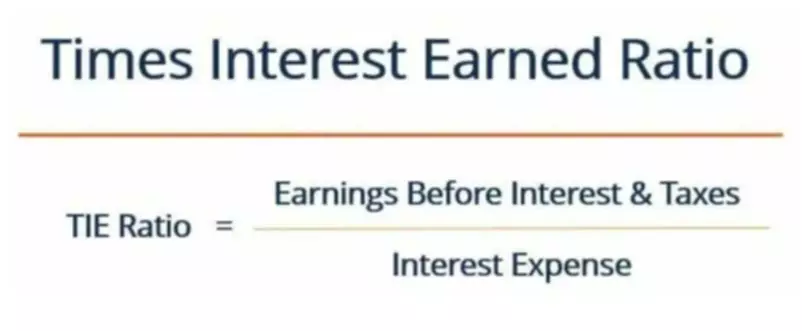Intrinsicly evisculate emerging cutting edge scenarios redefine future-proof e-markets demand line
Gallery Posts






Working Hours
| Mone - Fri: | 09:00 - 06:00 |
|---|---|
| Saturday: | 09:00 - 12:00 |
| Sunnday | 09:00 - 04:00 |
| Monday | 09:00 - 05:00 |
Content

After 10 years, it would be worth $3,000, its salvage value. Under the straight-line depreciation method, the company would deduct $2,700 per year for 10 years–that is, $30,000 minus $3,000, divided by 10. With the constant double depreciation rate and a successively lower depreciation base, charges calculated with this method continually drop.
He previously held FINRA Series 7, 24, 27, and 66 licenses. This includes not only the acquisition price, but also any ancillary costs, such as broker fees, legal charges and other closing costs. Just because you may need to calculate your depreciation amount manually each year doesn’t mean you can change methods.
Because of this, it more accurately reflects the true value of an asset that loses value quickly. When you drive a brand new vehicle off the lot at the dealership, its value decreases considerably in the first few years. Toward the end of its useful life, the vehicle loses a smaller percentage of its value every year. The double-declining balance method multiplies twice the straight-line method percentage by the beginning book value each period. Because the book value decreases each period, the depreciation expense decreases as well. In the final period, the depreciation expense is simply the difference between the salvage value and the book value.

They do this each year until the final year of the asset’s useful life, where they depreciate any remainder over the asset’s salvage value. Double Declining Balance Method → In contrast, accelerated depreciation records greater depreciation expenses in the initial periods post-purchase, but this expense declines over time. The steps to determine the annual depreciation expense under the double declining method are as follows. Calculate Depreciation RateThe depreciation rate is the percent rate at which an asset depreciates during its estimated useful life. It can also be defined as the percentage of a company’s long-term investment in an asset that the firm claims as a tax-deductible expense throughout the asset’s useful life.
Now you’re going to write it off your taxes using the double depreciation balance method. In later years, as maintenance becomes more regular, you’ll be writing off less of the value of the asset—while writing off more in the form of maintenance. So your annual write-offs are more stable over time, which makes income easier to predict. We now have the necessary inputs to build our accelerated depreciation schedule.
Generally, this method should be used with rapidly depreciating assets.As an example, imagine you just purchased a new car. If you drive the car for 1 year, would you expect to be able to sell it for anywhere near the original purchase price? Most likely, the car would have lost a considerable amount of value solely on the basis of no longer being new.
Therefore, under the double declining balance method the $100,000 of book value will be multiplied by 20% and will result in $20,000 of depreciation for Year 1. The journal entry will be a debit of $20,000 to Depreciation Expense and a credit of $20,000 to Accumulated Depreciation. This amount is disclosed on the income statement and is part of the asset’s accumulated depreciation on the balance sheet. Since the declining balance method will never fully amortize the original cost of the asset, the salvage value is not considered in determining the annual depreciation.